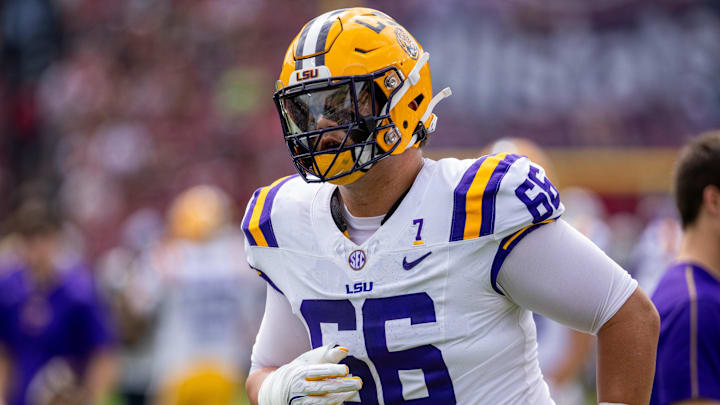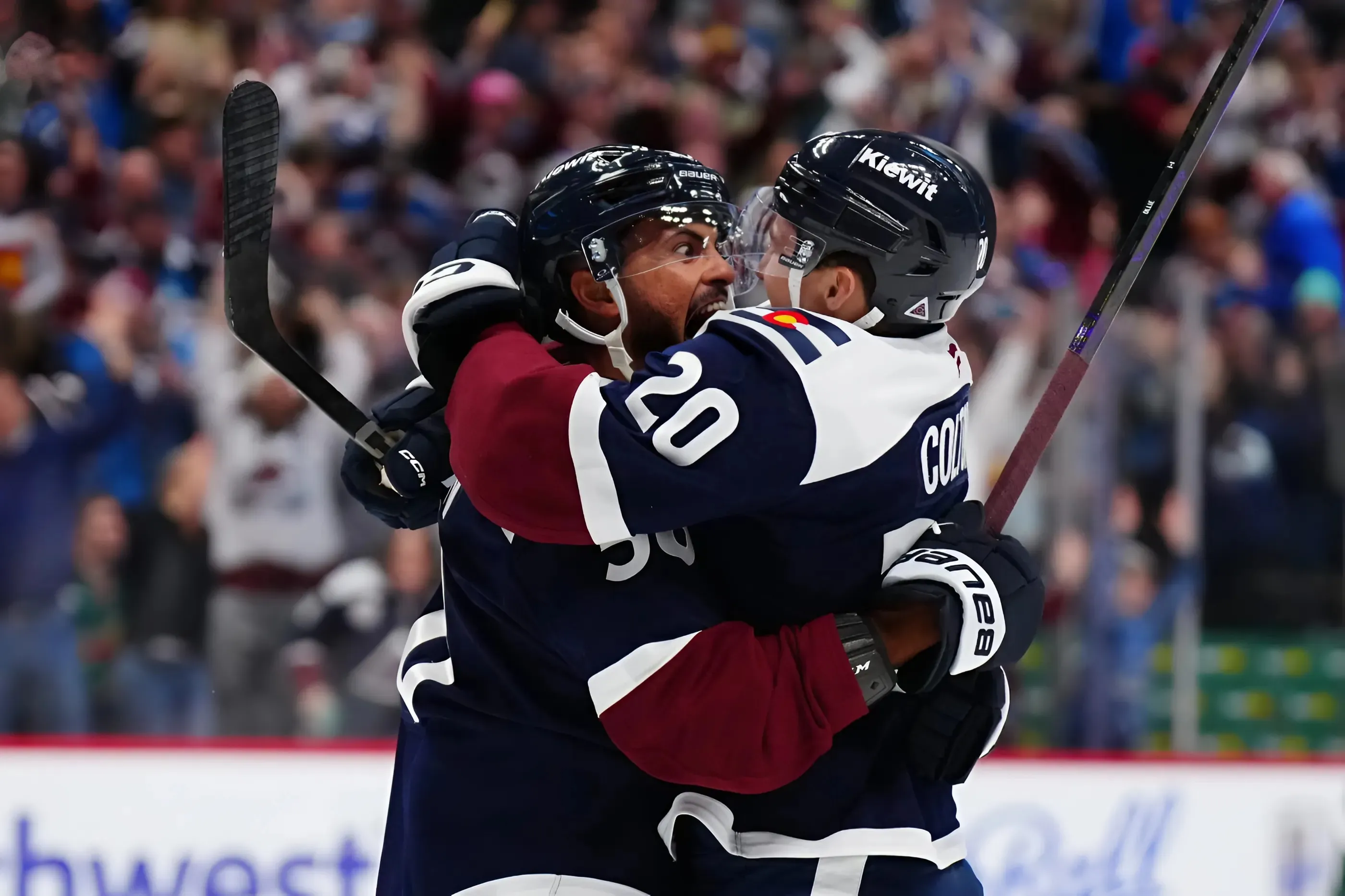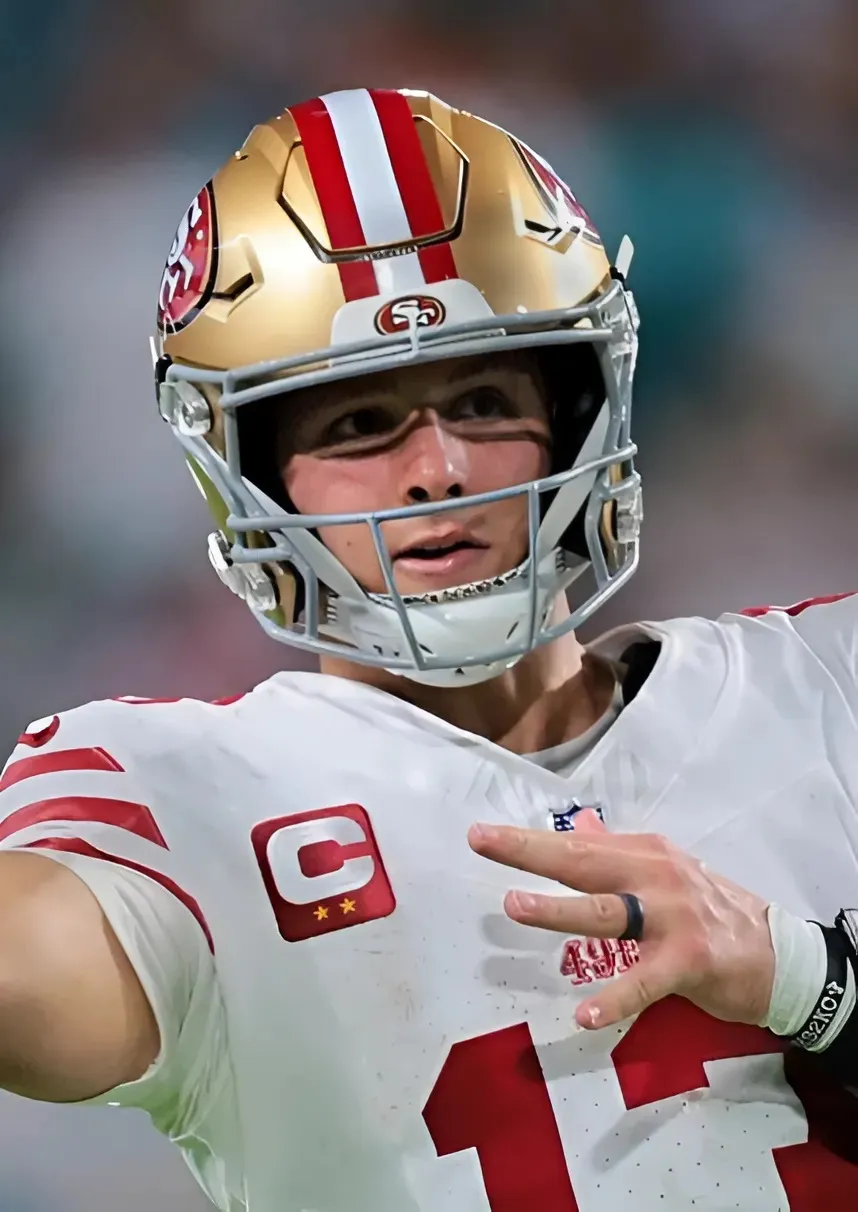There is an old football adage which states: “The best way to know the potential of an offensive lineman is to ask a defensive coach.”
As the New England Patriots march closer to the start of the 2025 NFL Draft, they may wish to test said theory by consulting the wisdom and counsel of former Atlanta Falcons head coach Mike Smith.

During a recent interview with Betway, the 2008 NFL Coach of the Year offered a pseudo-endorsement for the prospect many Pats fans consider to be a lock for their selection with the fourth overall pick: LSU offensive tackle Will Campbell. In fact, he did so in spite of the ongoing concern surrounding the soon-to-be draftee’s arm length.
“Every year there’s the same discussions, it’s just different names,” Smith said. The first thing people talk about with offensive linemen when they want to knock them is arm length. But there’s been a number of great offensive linemen who have played in the NFL that haven’t had the best arm length.”
Arguably the top offensive lineman in this year’s draft, Campbell possesses nearly every trait required of a pro. The 21-year-old left tackle is not only a physical, technically proficient blocker, but is also highly-regarded by his teammates and coaches for his exemplary leadership skills.
Coupled with their strong need at the position, Campbell has reportedly won the hearts of the “powers that be” in Foxborough, Mass. As such, it may not be long before the ex-Tiger hears his name called on Thursday night.
Still, the biggest question surrounding Campbell is his arm length and wingspan measurements. Despite standing at 6-6 and weighing 319 pounds, he failed to equal the unofficial 33-inch length benchmark during official measurement period at the NFL Scouting Combine — measuring in at 32 ⅝ inches. Fortunately, Campbell did meet the “requirement” of 33 inches during his pro day workout in March.
However, Smith was careful to remind the NFL universe — especially those within Patriots Nation — that measurables only tell a small portion of the story.
“Some say a smaller arm length can make it harder for offensive tackles to be successful in the NFL and they’re right to a point, but ultimately, the tape does not lie,” Smith stated. “When you watch the tape, know what his measurables are and you see that he’s still playing at a very high level with a very high grade, you have to trust what you see on the tape.
“The measurables are sometimes overweighted when talking about football players. The tape is the most important thing,” he added.
In addition to his tenure as Atlanta’s winningest head coach (earning 66 victories from 2008 to 2014,) Smith has also served as the defensive coordinator for the Jacksonville Jaguars and Tampa Bay Buccaneers. He spent from 1999 through 2002 coaching both defensive line and linebackers (promoted in 2002) for the Baltimore Ravens under head coach Brian Billick. In said role, he tutored such future positional standouts as Ray Lewis, Peter Boulware, Jamie Sharper and Adalius Thomas. Smith’s insight and coaching prowess helped the 2000 Ravens win Super Bowl XXXV.
Though few would refute his praise to date, a significant portion of league pundits wonder whether Campbell may be forced to move inside to offensive guard — should his arm length become an ongoing issue. As a coach who spent significant time scouting some of the game’s most-highly skilled offensive linemen, Smith advised that Campbell’s skillset will be a formidable asset to New England, regardless of where he aligns.
“Well, you have to have flexibility anyway. On game day, you only dress seven so you have to have people who can play both positions as this helps the team,” Smith said.
“Even if he is moved to guard though, it’s not necessarily a bad thing,” he added.
“In today’s NFL, you have to have some players on the offensive line who are trained to play guard and tackle. This is because it’s not always necessarily the edge rushers that are going to be the most disruptive pass rushers. There’s a bunch of really good players who line up over the guards. With the defensive schemes of today, the best pass rushers move around too so they’re not always on the edge.”
-1748244346-q80.webp)
-1744282092-q80.webp)

